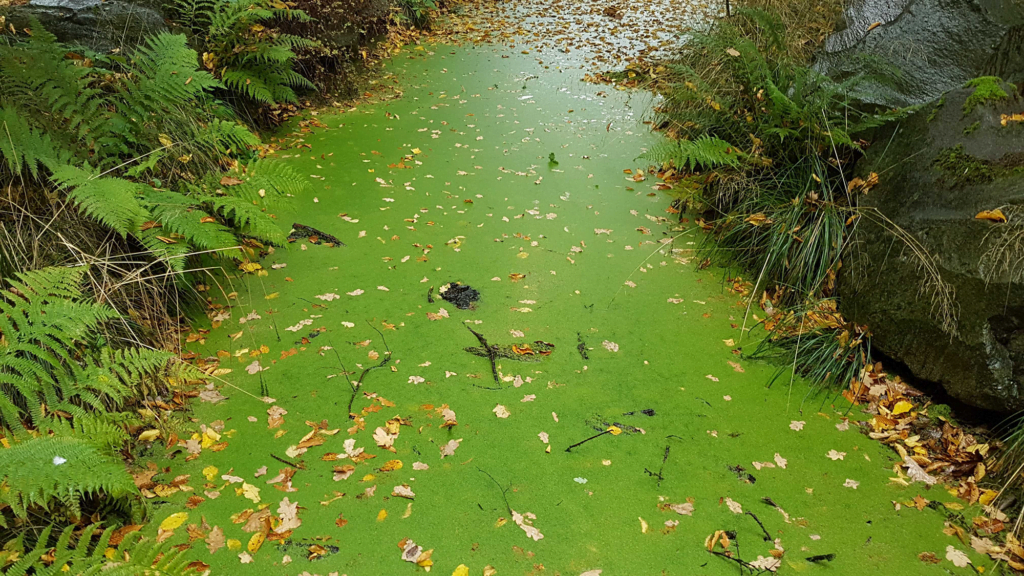Eutrophication is explained as Pollution has affected lakes around the world. Water pollution is a threat that threatens our environment and can affect the entire ecosystem. This week we’ll explore the impacts of this phenomenon and the best ways to prevent or minimize its effects. Eutrophication is the process of accumulating nutrients in the water, creating an algal bloom. Algae are plants that don’t have roots. They are not technically plants, and they aren’t true animals either. It’s not just a pretty little plant, it’s a living thing that’s closely related to algae. There are many varieties of algae, and they live in a wide range of aquatic ecosystems, including freshwater lakes, rivers, and streams, as well as the ocean, bays, estuaries, and coastal areas. If you need to start your own business, you could be the person who creates the best algae-based solution to clean up polluted water, and thereby help stop the global water crisis. There are many nutrients in the environment which algae can easily absorb and use for growth.
What is Eutrophication?

Eutrophication is the process by which phytoplankton in a lake or other body of water gets so large that it begins to shade out the sun, decreasing oxygen levels. Oxygen is needed by almost all animal and plant life forms, affecting the ecology of the whole system.
How Does It Affect Lakes?
If we want to protect our rivers and streams, we must stop logging. If we don’t, we risk damaging our natural water sources. Logging is a method of managing forests that involves harvesting trees and other woody debris. Logging affects the environment in various ways, including changes to vegetation and wildlife habitat. Forests are cut down, and the products that are left behind are sometimes burned, or sometimes they go into a landfill. The amount of waste dumped into the oceans is creating a problem that’s destroying the entire planet’s soil.
Why Is It A Problem?
There are many ways that a lake can be affected. It’s affected by the amount of rainfall in its watershed. Drought or heavy rain can cause lake levels to rise or fall. A lake can be affected by the amount of water flowing in and flowing out. Most lakes can be affected by a combination of many factors, including erosion, deforestation, pollution, and the construction of dams. The presence of too many invasive species is bad for most lakes. These are the kinds of species that do not belong in a lake.
What Can Be Done to Prevent It?
The size of the lake will affect the amount of rainfall. You’ll also find out how a lake can be affected by different types of pollution or even the number of fish in the lake. Water levels can vary from lake to lake. One of them might be affected by a drought or heavy rain while the other could have a huge amount of water that flows in the spring. Lakes can be affected by the amount of inflow and outflow. Lakes can also be affected by other factors, such as erosion, deforestation, pollution, or even the construction of dams. There are a variety of factors that can affect lakes negatively or positively, and all of these must be considered when determining the best way to protect a particular lake.
Conclusion
Finally, I think you can get rid of eutrophication by dealing with different problems in different ways. There’s no single solution. Some fish react to pollution more than others, depending on how much pollution there is in the water. Although many of the solutions are similar, in practice they have their own drawbacks and benefits. There are a number of different approaches that you can use to control eutrophication, but these typically include either reducing nutrient inputs into the lake or increasing oxygen levels. There are pros and cons to each option. However, in this post, we’ll discuss what you can use to monitor and control both options.